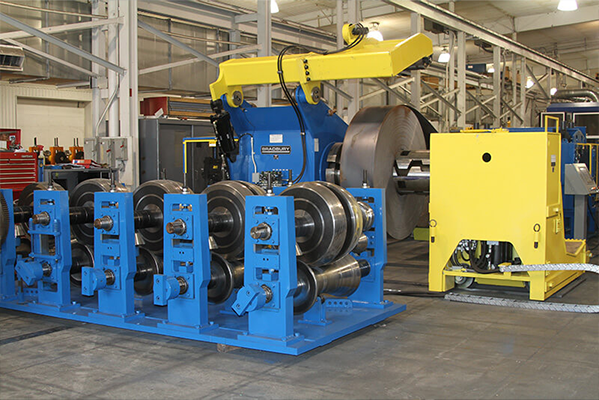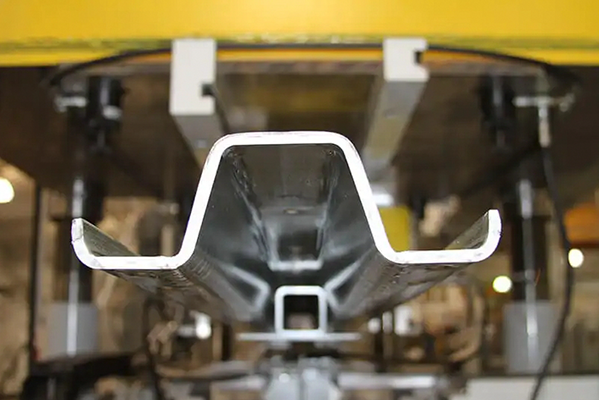Navigation Menu
Contact Us
- Email:
- info@wxavatar.com
- Address:
- Yurong Village, Yuqi Street, Huishan District, Wuxi, China.
Release Date:Apr 15, 2025 Visit:6 Source:Roll Forming Machine Factory
Aluminum stands as one of the most suitable metals for roll forming operations, offering manufacturers an exceptional balance of workability and performance characteristics. This continuous bending process effectively shapes aluminum into long components with uniform cross-sections, meeting precise dimensional requirements across multiple industries.
Material Advantages for Forming Operations
Aluminum possesses several inherent properties that make it particularly amenable to roll forming processes. The metal demonstrates excellent malleability, allowing for significant deformation without material failure. Its natural oxide layer provides built-in corrosion protection, eliminating the need for additional coatings in many applications. The lightweight nature of aluminum maintains structural integrity while reducing overall product weight, offering advantages in transportation and construction applications.

Technical Considerations in Production
Successful aluminum roll forming requires attention to several technical parameters. Tooling must account for aluminum's tendency to spring back after forming, with dies designed to compensate for this characteristic. Lubrication systems must be carefully selected to prevent material adhesion to tooling surfaces. Production speeds typically range between 10 to 100 feet per minute, depending on alloy selection and profile complexity. Temperature control remains critical, with most operations conducted at ambient temperatures, though some specialized applications may employ controlled heating.
Common Aluminum Alloy Applications
The 1000 series alloys, known for high purity, find use in decorative trims and chemical processing equipment. Construction applications frequently employ 3000 series alloys for roofing, siding, and HVAC components due to their balanced strength and formability. Marine and transportation industries prefer 5000 series alloys for their enhanced corrosion resistance. Structural applications often specify 6000 series alloys when heat-treated strength characteristics are required.
Industry-Specific Implementations
In building construction, roll-formed aluminum produces curtain wall systems, window framing, and architectural cladding. The transportation sector utilizes the process for vehicle body panels, aircraft interior structures, and rail components. Consumer product manufacturers apply roll forming to create appliance housings, furniture components, and electronic enclosures. The electrical industry benefits from aluminum's conductivity in busbar production, while the packaging sector employs roll-formed aluminum for specialized containers.
Process Optimization Techniques
Modern roll forming operations incorporate several optimization methods for aluminum processing. Precision tooling with polished surfaces minimizes surface defects and improves production efficiency. Computer-controlled systems monitor forming pressures and adjust roll positions in real-time to maintain dimensional accuracy. Advanced lubrication systems reduce friction while preventing material buildup on tooling. Quality control protocols include laser measurement systems for profile verification and automated surface inspection for defect detection.

Conclusion
Aluminum's compatibility with roll forming processes has established it as a preferred material for long-length, precision-profile manufacturing. The metal's unique combination of physical properties and forming characteristics enables cost-effective production of high-quality components. Continued advancements in roll forming technology further enhance aluminum's position as a versatile manufacturing solution across diverse industrial applications. Properly executed aluminum roll forming delivers components that meet stringent performance requirements while offering economic production advantages.